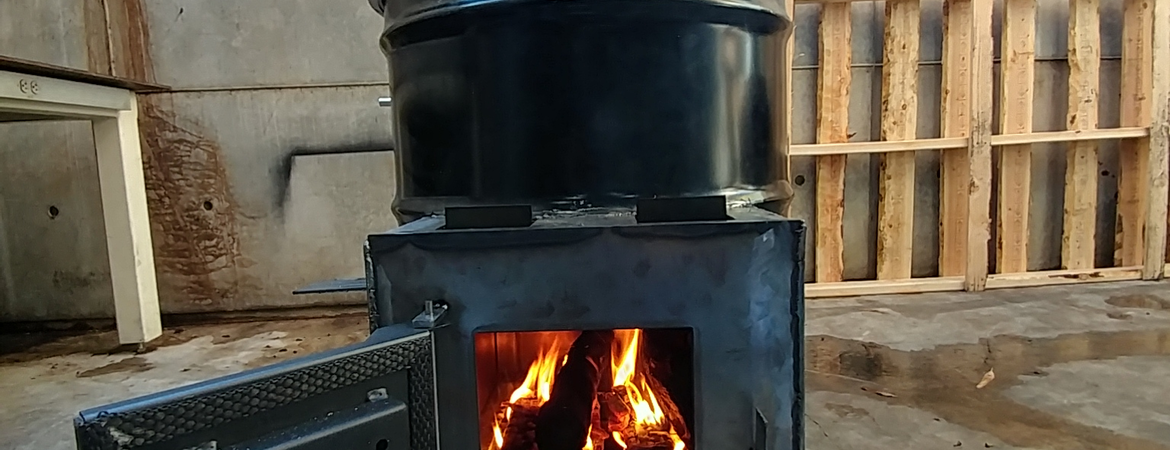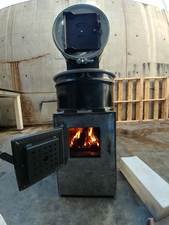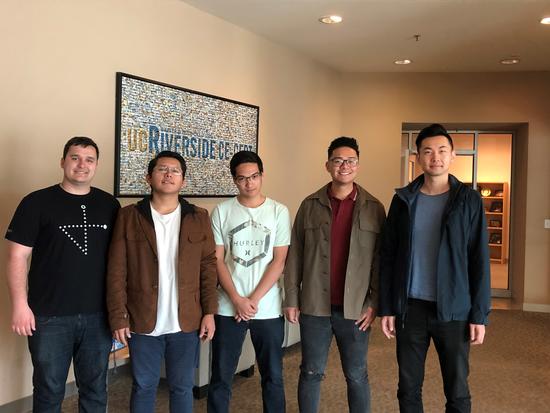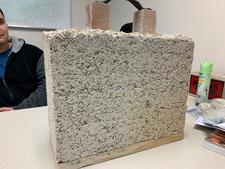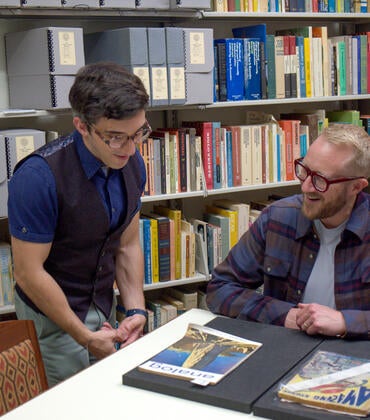A wood stove that burns cleaner and costs less. Construction material made from hemp fibers that are processed with greener material.
Both products are being developed by UC Riverside student research teams with grants from the U.S. Environmental Protection Agency, or EPA, for projects that use sustainable technology to address environmental and public health challenges.
They are among 21 teams of graduate and undergraduate students across the country who received more than $300,000 through the People, Prosperity, and the Planet grants program last month.
Each team received up to $15,000 as part of the Phase 1 grants, in which they develop the proof of concept for their projects.
“EPA’s P3 grants program supports the next generation of scientists and engineers,” EPA Administrator Andrew Wheeler said in a March 18 news release. “These students are able to take what they learn in the classroom and apply it to real-world environmental problems that require innovative solutions.”
Sundararajan Venkatadriagaram, an associate professor of teaching in the Department of Mechanical Engineering, is the faculty advisor for his team of mechanical engineering students developing the wood stove.
Charles Cai, an adjunct professor for chemical and environmental engineering and assistant research engineer at the Center for Environmental Research and Technology, is leading his team of chemical and environmental engineering students in finding a new way to process hemp for construction material.
In both cases, the student teams began developing their proposals as early as 2017 before applying last year. They were notified that they were selected last summer, with the funding coming in last month.
Because of the length of time involved, the research teams are made up of students who begin the projects then pass them on to the next year’s class to complete, Cai said.
“It’s a pay-it-forward type system,” he said. “I think it’s very unique at UCR to foster something like this.”
The student teams will showcase their research in June at the EPA’s National Student Design Expo. The teams can apply for a Phase 2 grant of up to $100,000 to develop their projects for real-world conditions and take them to market.
Both UCR teams, made up of students doing their senior design projects, say they plan to apply for the second phase grant.
Venkatadriagaram said his team – which has 15 past and present members -- is proposing to use simple, inexpensive technology to reduce indoor and outdoor pollution from wood stoves, which are often used in poorer communities for heating.
“The point of this project is to optimize the settings of a wood stove so we’re able to increase the efficiency of the combustion so you’re able to get a lot more useful heat from the wood you’re burning,” he said.
They do so with features such as a pre-drying wood chamber that reduces moisture and controlling the air flow. As a result, fewer pollutants such as carbon monoxide and particulate matter are discharged, he said.
The use of inexpensive technology should also make the stoves more affordable.
Cai’s team project is also one that seeks to develop a greener approach for an existing product. His current team is made up of Albert Fernandez, Matthew Marquis, Aaron Aliaga, and Zachary Lyons, all seniors majoring in chemical engineering.
Producing hempcrete – a bio-composite material used for construction and insulation – typically involves a multi-step pulping process that creates toxic waste including a substance referred to as “black liquor,” Cai said.
The research team plans to use a new technology invented at UCR called “Co-solvent Enhanced Lignocellulosic Fractionation” or CELF, which allows for single-step pulping of hemp fibers without producing toxic wastes. The students are trying out different compositions and processing conditions to create “a green chemistry” approach, Cai said.
A greener, more efficient process could help create more widespread use of hemp for other products like rope and textiles, he said. Following its legalization in California, he expects more demand, noting that they’ve already been in touch with businesses interested in their product.
“It’s important for sustainable materials to have a broad range of applications,” Fernandez said. “That’s why we focus on industrial hemp, which already has applications in fuel, clothing, and construction.”
